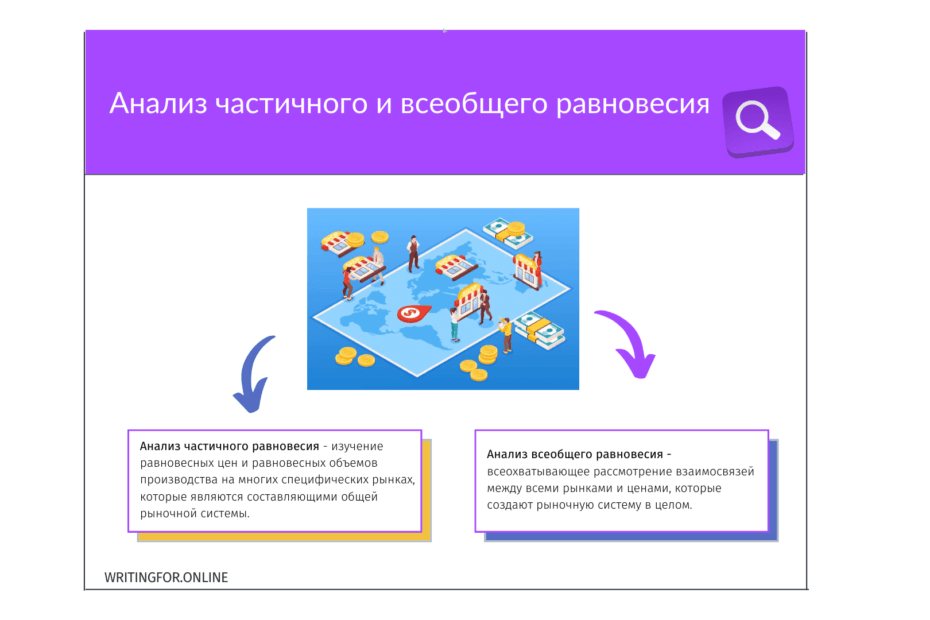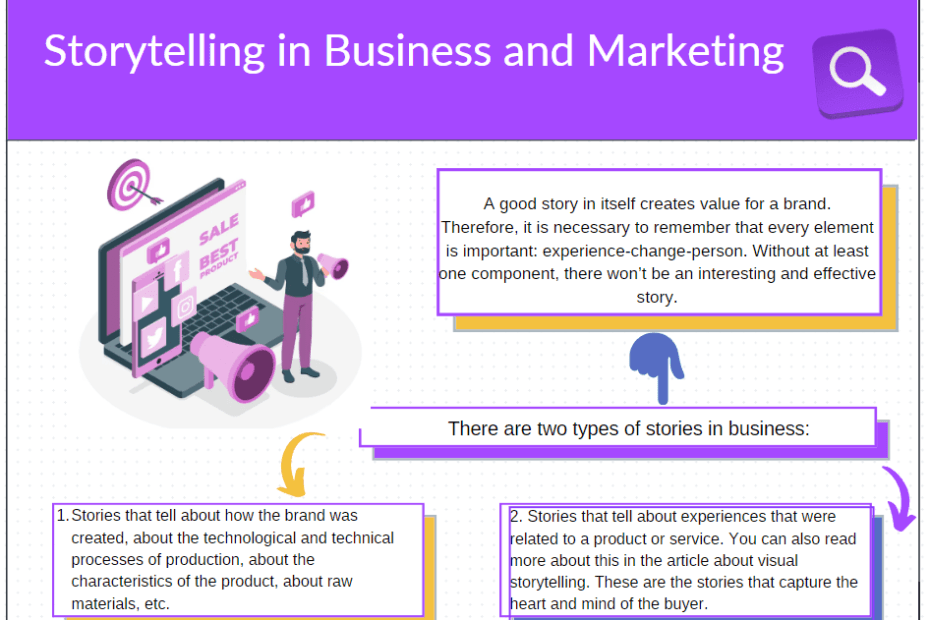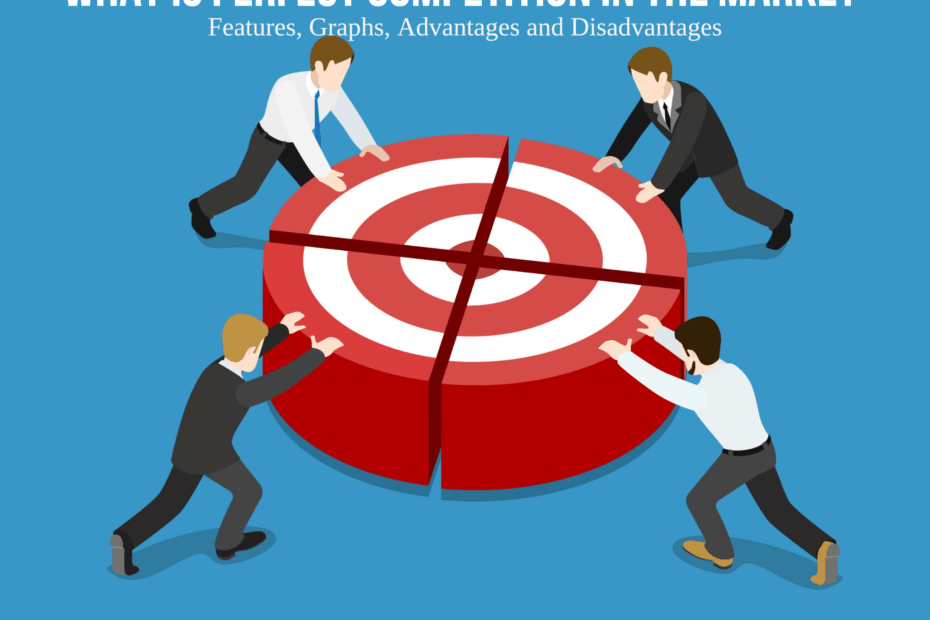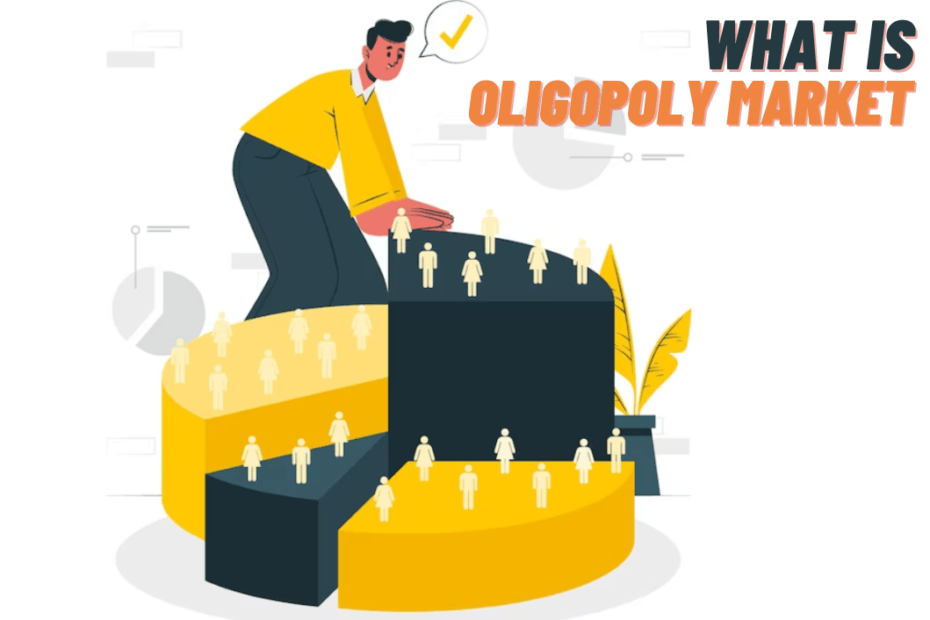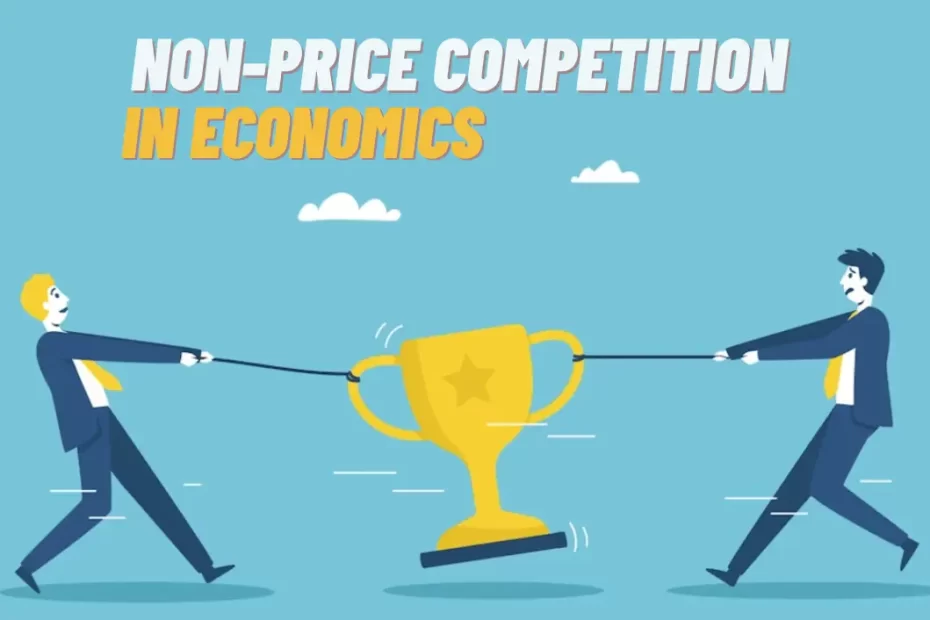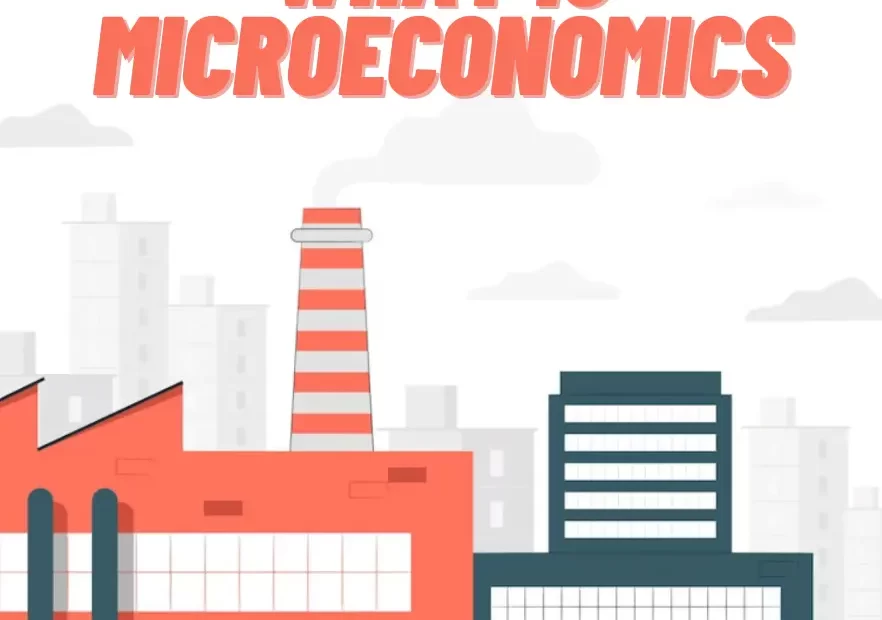How to Write a Petition: 7 Steps, Examples of Popular Petitions
In this article, we will examine the following questions: what is a petition, why do people write petitions, how to write a petition to collect as many signatures in support as possible, sites for starting petitions, and examples of petitions that have collected more than 100,000 signatures.
